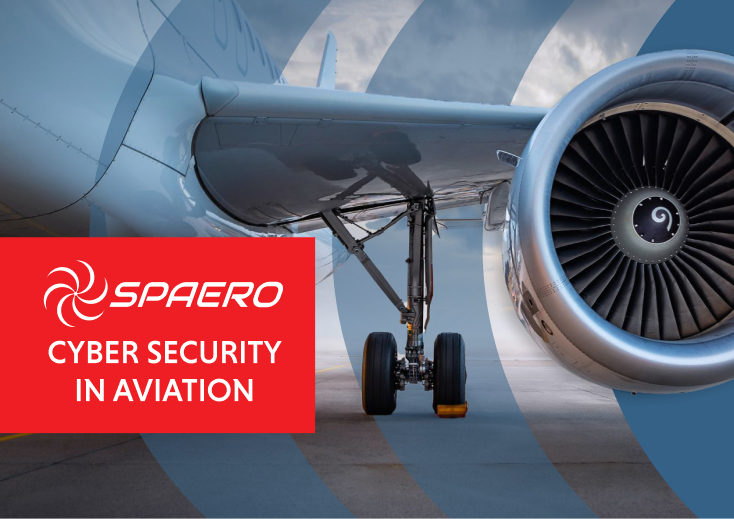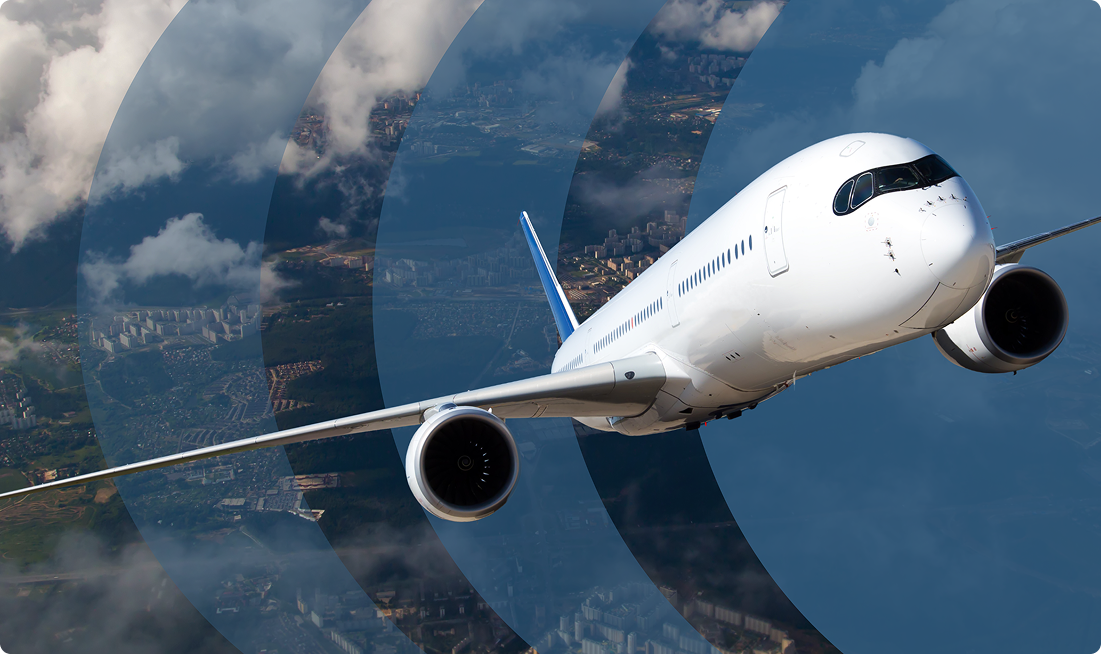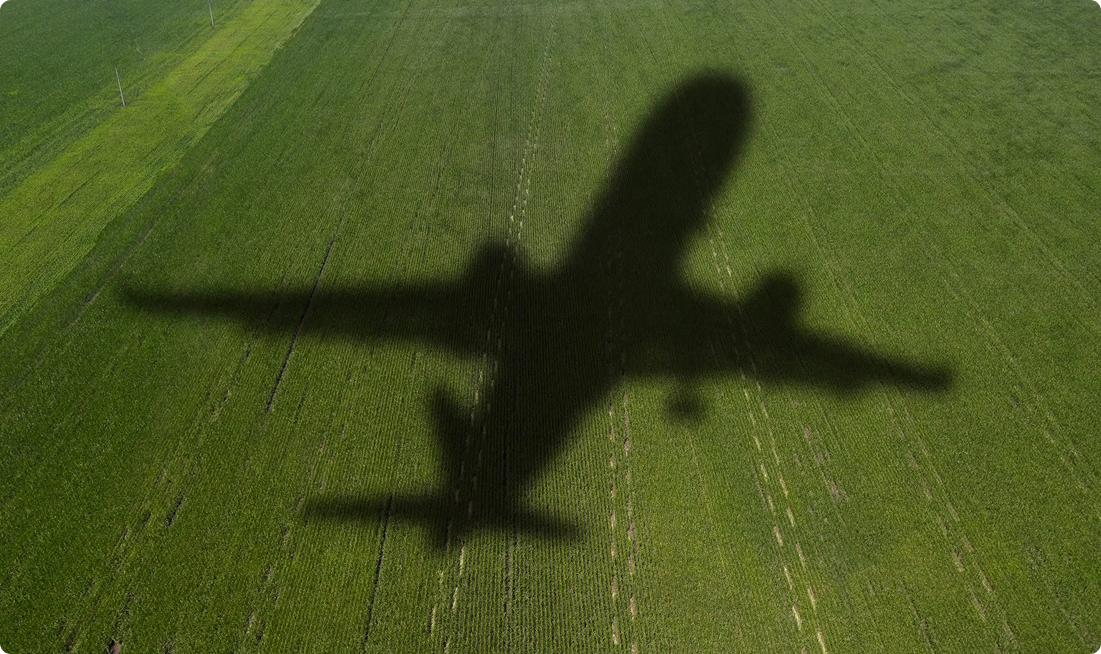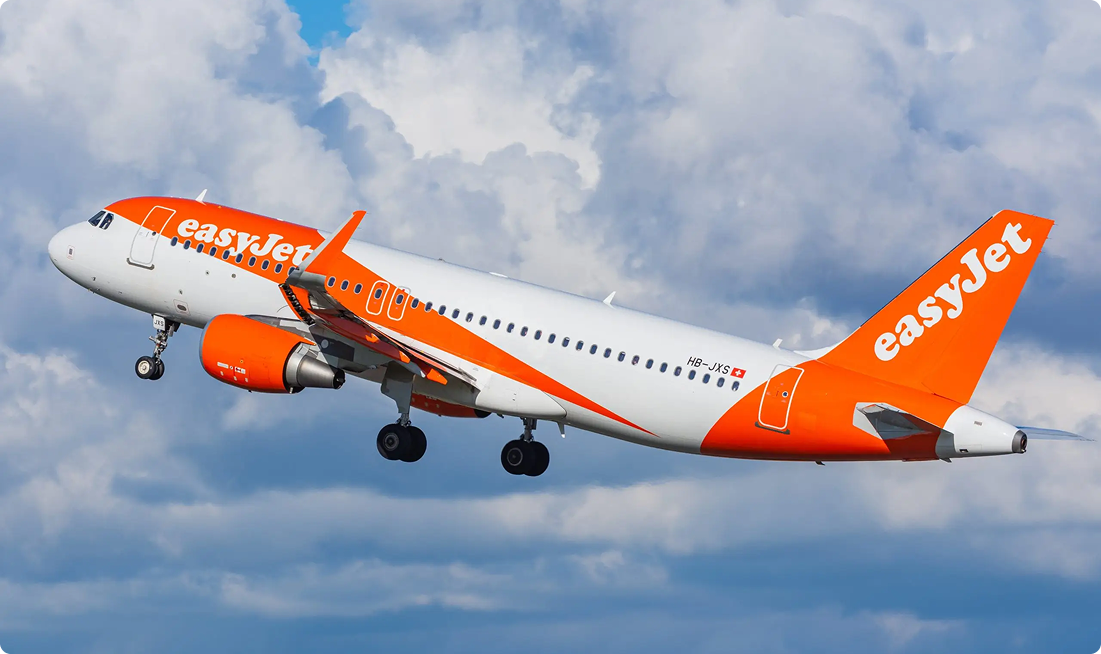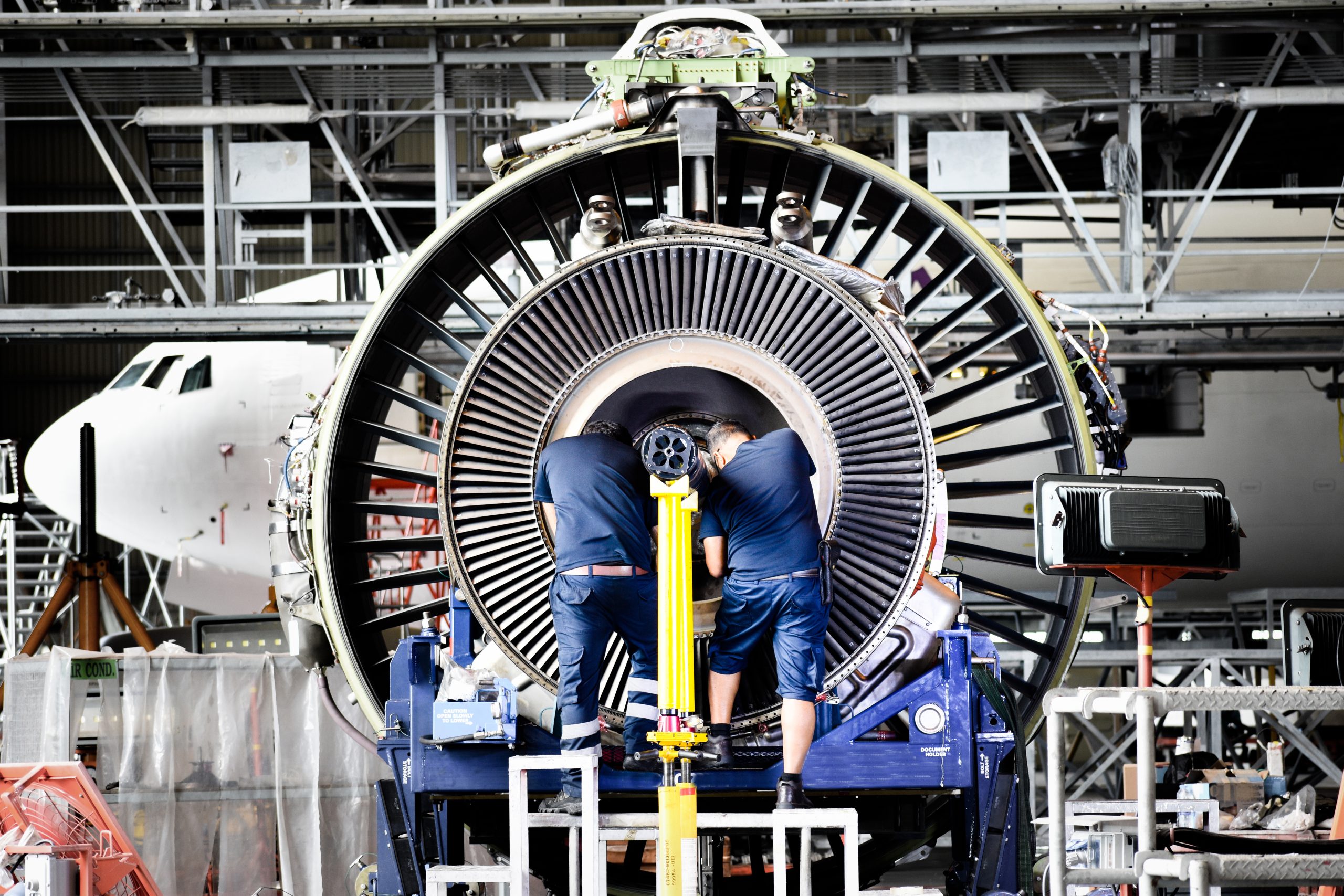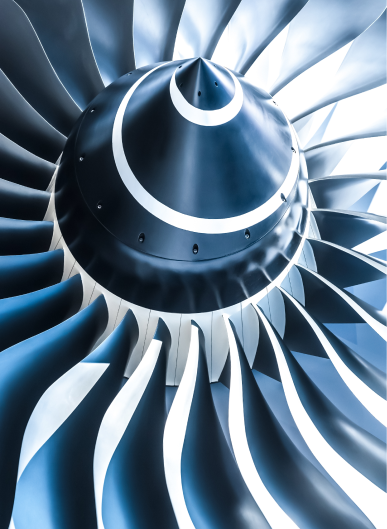
Cyber Security in Aviation: Ransomware
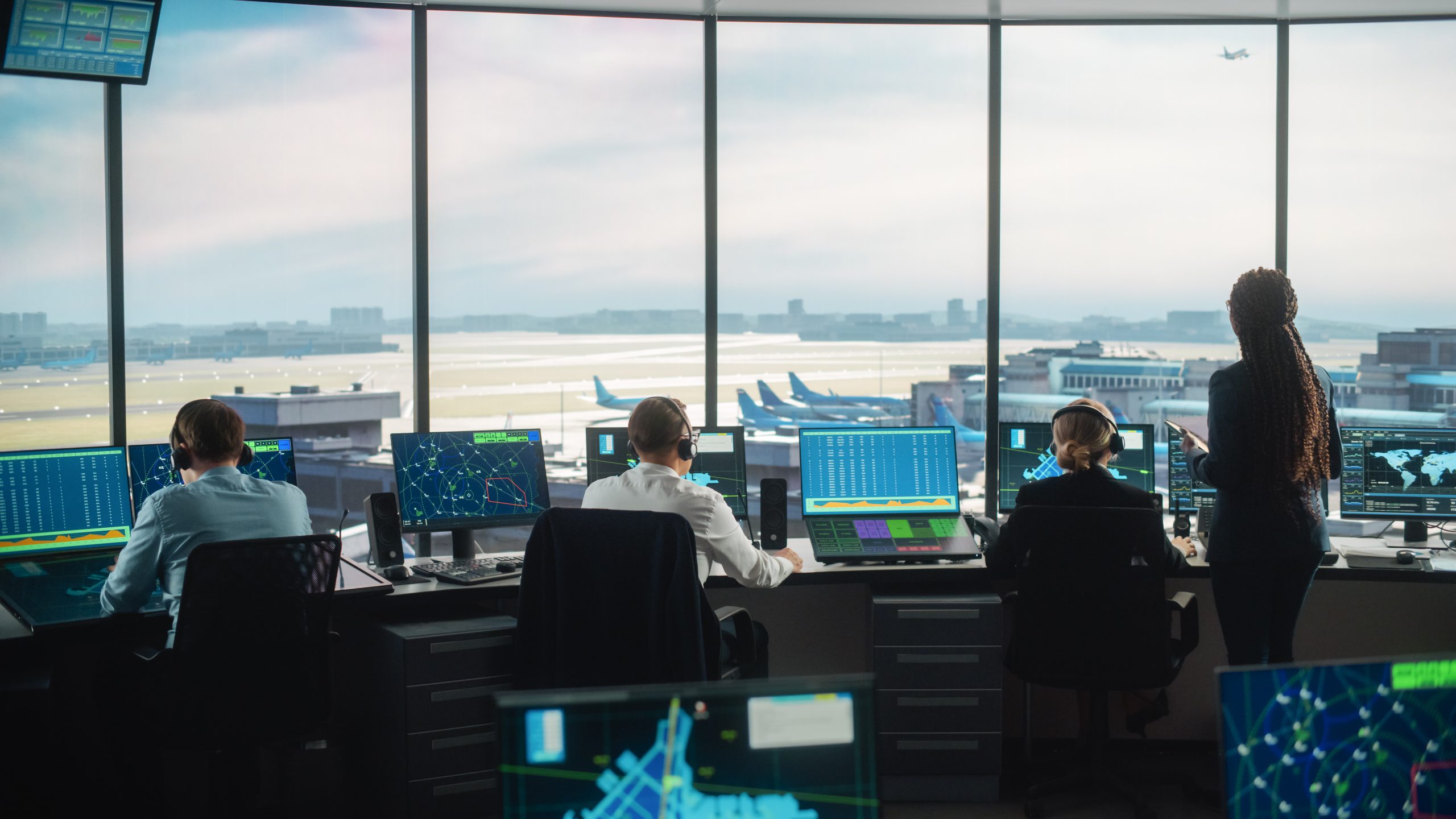
Stay in the loop
When ransomware hits, it’s like someone chaining the aircraft to the tarmac and refusing to release it unless you pay.
Ransomware is malware that encrypts systems or steals data, then demands payment for the decryption key – and increasingly it’s targeting aviation suppliers and airport systems, with real-world knock-on effects for passengers and operations. Recent attacks against aviation IT providers have forced airports to revert to manual check-ins and caused large-scale disruption across Europe.
Why this matters to aviation businesses (including SMEs): attackers know that downtime is expensive. Ransom demands and the total cost of recovery have surged – modern incidents frequently run into the millions, and the damage isn’t just the ransom: it’s lost revenue, reputational damage, regulatory scrutiny and expensive forensic and legal work.
Think of ransomware like a coordinated ground-hold: aircraft can’t depart, staff scramble and passengers are stuck. The same principle applies to operations tied to ERP, maintenance records, inventory systems and passenger processing – if those systems are offline, normal business grinds to a halt.
Practical, aviation-style defences (do these now):
- Backups that actually recover – Keep multiple, tested copies of critical data. Follow and extend the 3-2-1 rule (3 copies, on 2 media types, 1 offsite) and add immutable and air-gapped backups where possible (sometimes called 3-2-1-1-0). Test restores regularly – an untested backup is just data taking up space.
- Segment and isolate critical systems – Don’t put maintenance records, procurement and passenger systems on the same flat network. Network segmentation limits blast radius so one infected zone doesn’t take everything down.
- Least privilege & access controls – Restrict admin rights, use role-based access, and rotate credentials for service accounts. If an attacker compromises a single user, they shouldn’t be able to move laterally across core systems.
- MFA everywhere that matters – Multi-factor authentication significantly reduces account takeover risks that often precede ransomware deployments. Even when credentials are phished, a second factor can block the attacker at the door. (We covered MFA earlier in the series.)
- Harden backups and recovery paths – Ensure backups can’t be easily discovered and encrypted by attackers (use separate credentials, network isolation, and offline copies). Keep a documented, practiced incident response and disaster recovery plan – rehearsed drills reduce scramble time and errors.

Join us
For Airlines, Distributors and
Repair Centres
